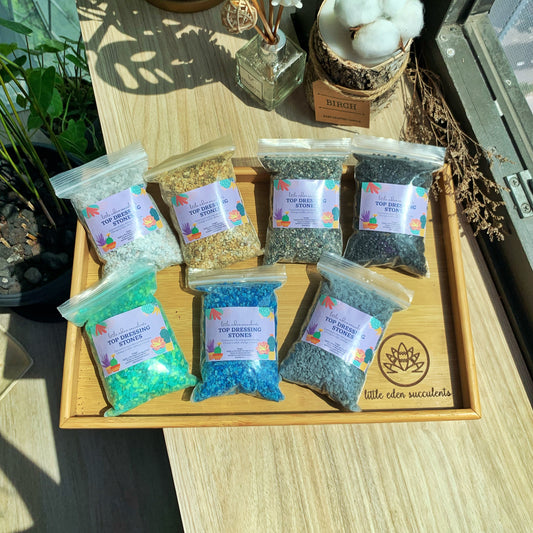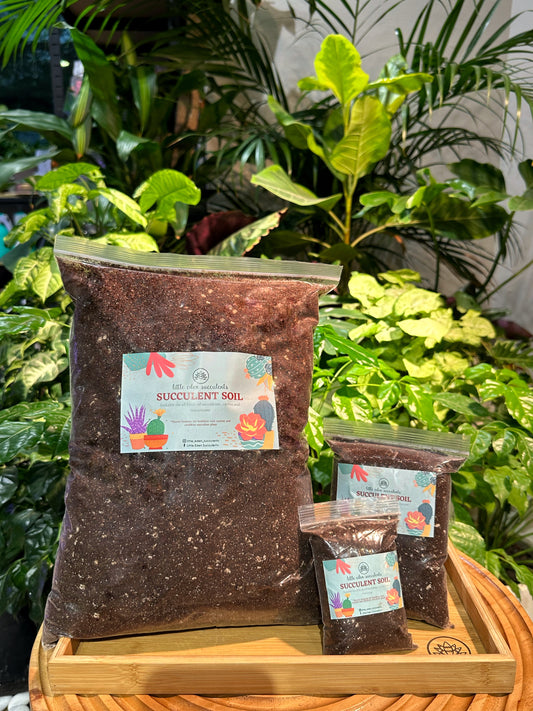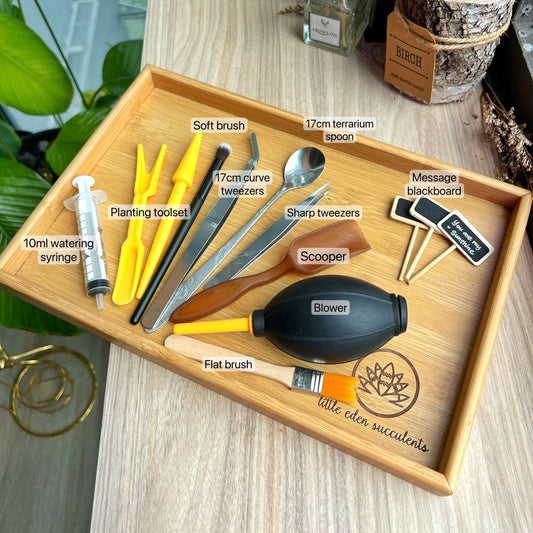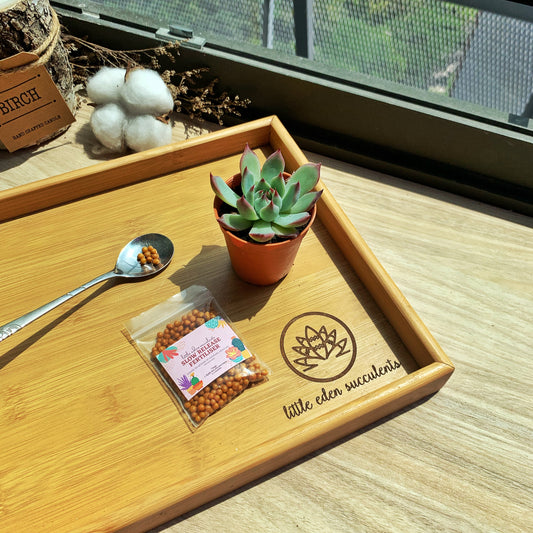Introduction
Understanding the sunlight requirements of succulents is crucial for their growth and overall health. In this article, we will explore the ideal amount of sunlight for succulents, the best locations to place them, and areas to avoid. Discover expert tips to help your succulents thrive in the right light conditions.
Table of Contents
- Importance of Sunlight for Succulents
- Best Locations for Succulents
- Succulents That Require Much Sunlight
- Succulents That Can Tolerate Low-Light Settings
- Common Issues with Sunlight Exposure
- Conclusion
Importance of Sunlight for Succulents
Most succulents have a strong affinity for sunlight and require it to thrive. They are primarily outdoor or semi-outdoor plants and need adequate exposure to the sun. Avoid the misconception of keeping them indoors or in shaded areas, as it can negatively impact their growth.
Best Locations for Succulents
To provide the ideal sunlight conditions for succulents, consider placing them in the following locations:
- Car porches: These areas typically receive ample sunlight and are well-suited for most succulents.
- Balconies: Balconies often offer a good balance of sunlight and shade, creating a suitable environment for succulents.
Succulents That Require Much Sunlight
Certain types of succulents thrive with abundant sunlight. Look for the following characteristics when identifying succulents that need more sunlight:
- Rosette-forming species like echeveria and pachyveria: These plants require sunlight to maintain their compact and beautiful appearance.
- Succulents with vibrant colors such as purple, pink, red, and orange: Sunlight enhances the intensity and vibrancy of their colors.
- Succulents with a farina layer (a protective UV coat): These plants need sunlight, but the farina layer provides some protection against sunburn.
Succulents That Can Tolerate Low-Light Settings
While most succulents thrive in sunlight, some species can tolerate low-light conditions. Consider the following succulents for areas with less direct sunlight:
- Haworthia, gasteria, and certain aloe species: These succulents can adapt to low-light environments, but partial sunlight and occasional exposure to sunlight are still beneficial.
- Lithops and mountain roses: These succulents prefer indirect sunlight rather than direct exposure.
Common Issues with Sunlight Exposure
If your succulents struggle despite receiving adequate sunlight, consider the following potential issues:
- Soil issues: Compact or unsuitable soil can trap excess water, leading to root rot. Ensure proper soil composition and drainage for your succulents.
- Sudden exposure to direct sunlight: Succulents need time to acclimate to new environments. Introduce them gradually to direct sunlight to prevent shock.
Conclusion
Proper sunlight is essential for the well-being of succulents. Understanding their sunlight requirements and providing the right conditions can help your succulents thrive and maintain their vibrant appearance. Consider the best locations for placement, identify succulents that require more sunlight, and address any issues that may arise. With these insights, you can create an optimal environment for your succulents to flourish.





